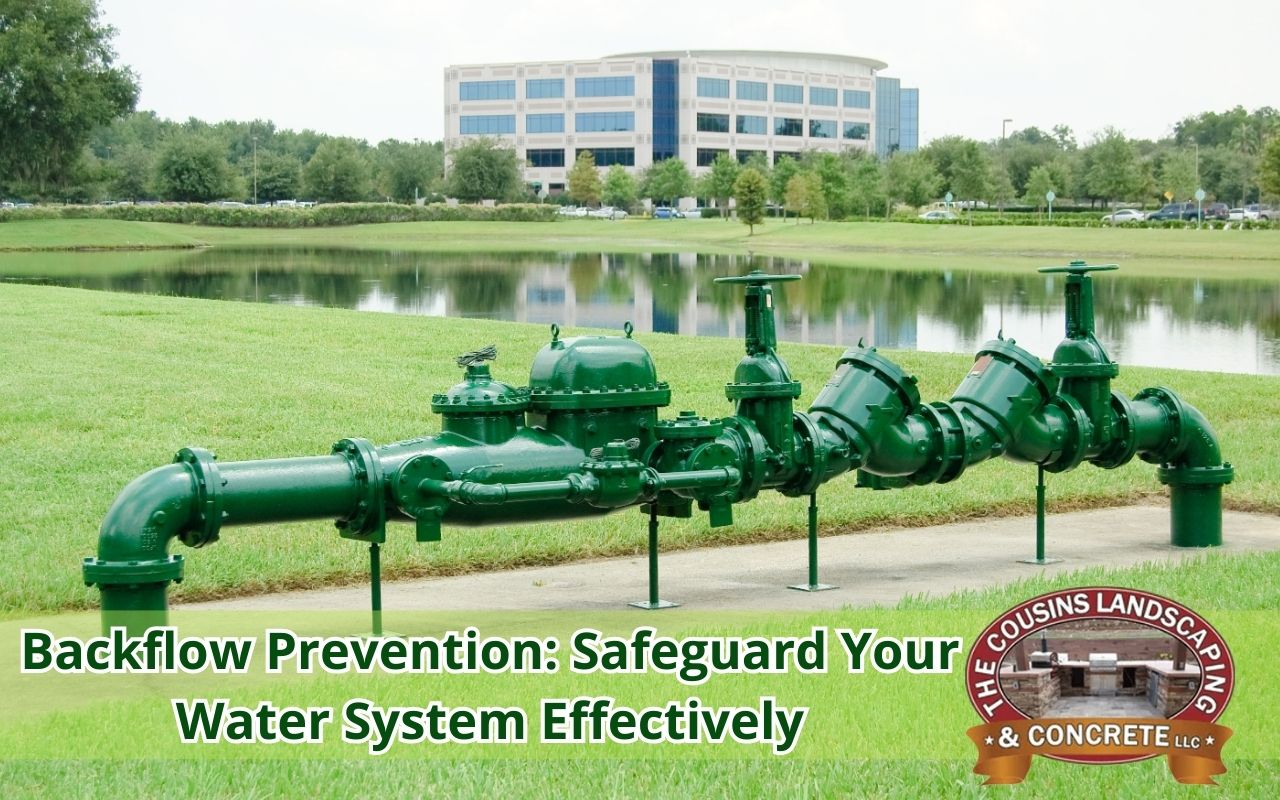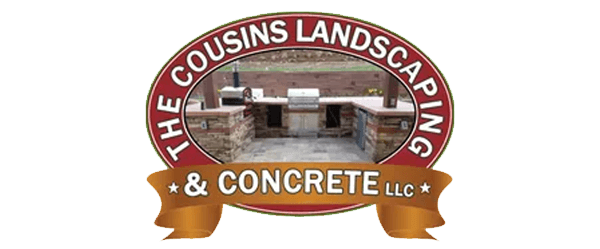
Every time you turn on the tap, you trust the water is safe. However, contamination risks exist. This is where backflow prevention plays a vital role. It prevents the reverse flow of polluted water into your clean supply. Unfortunately, many homeowners overlook this until problems arise. Moreover, from protecting drinking water to preventing hazards, backflow prevention is essential. With growing environmental awareness, water system safety has never been more critical. In fact, studies reveal backflow incidents increase due to aging plumbing systems. Consequently, these cases create health risks affecting entire communities. Therefore, learning about backflow prevention protects your home and supports public health. In conclusion, discover how to keep water pure and safe.
For professional support, visit our services page and explore solutions for your property.
Understanding Backflow Prevention Systems
Backflow prevention systems ensure water flows only in the correct direction. Without them, unwanted substances may infiltrate your clean supply. The principle relies on maintaining higher supply pressure than downstream. As a result, communities often require devices on irrigation, sprinklers, and industrial lines. Core components include check valves, relief valves, and air gaps. For instance, check valves close when water reverses, relief valves vent pressure, and air gaps separate systems. Combined, they defend against back-siphonage and back-pressure. Therefore, correct installation and certification are crucial. In other words, faulty alignment or malfunction compromises protection.
Common Causes of Backflow Incidents
Backflow incidents threaten potable water sources. Consequently, knowing the causes helps prevention. Key reasons include:
- Back-Siphonage from Pressure Drops: Sudden pressure loss creates a vacuum drawing contaminants inside. For example, events like water main breaks can cause this. Without air gaps or check valves, fertilizers may enter supply.
- Back-Pressure Backflow: High downstream pressure forces reverse flow. Boilers or pumps without backflow prevention cause contamination. In addition, hot water may push into clean lines.
- Inadequate Protection in Booster Systems: Booster pumps without proper devices create hazards. Therefore, prevention equipment must be included to protect potable sources.
- Cross-Connections: Mixing potable and non-potable lines increases risks. For instance, irrigation or industrial connections can introduce contaminants without safeguards.
- Lack of Valves or Air Gaps: Missing these elements makes systems vulnerable. Thus, they maintain safe water direction and block pollutants.
Types of Backflow Preventers
Different backflow prevention devices meet specific needs. For example, vacuum breakers prevent back-siphonage on hose bibs and irrigation lines. Meanwhile, double-check valves use two seals for redundancy in low-hazard areas. Reduced pressure zone (RPZ) assemblies provide high-level protection. They even discharge to atmosphere if leaks occur. Additionally, pressure vacuum breakers (PVBs) combine a check valve and vent. They are common in irrigation but, however, not suited for back-pressure situations.
Importance of Regular Maintenance
Installing a device is only half the battle. In addition, regular maintenance keeps it effective. Debris, worn seals, or wear reduce performance. Therefore, annual inspections confirm proper function. Certified testers measure valve pressures. Deviations require repair or replacement. Moreover, records ensure compliance and track issues. Ignoring inspections risks fines, contamination, and costly repairs. In conclusion, prevention reduces emergency expenses and protects health.
DIY Backflow Prevention Tips for Homeowners
Homeowners can reduce risks with simple steps. For instance, install vacuum breakers on outdoor spigots. Moreover, keep hoses out of buckets or pools to create air gaps. In addition, label cross-connection points clearly. Install check valves on softeners or pumps. Always follow manufacturer instructions to avoid leaks. Furthermore, flush seldom-used lines to remove debris and prevent corrosion. Consequently, these practices strengthen home water safety.
Need expert help? Our Brighton landscaping team is ready to assist with tailored solutions.
Backflow Prevention Regulations and Compliance
Plumbing codes mandate backflow prevention nationwide. Specifically, the Uniform Plumbing Code and International Plumbing Code set standards. Municipalities often adopt or expand them. Therefore, compliance requires permits, designs, and inspections. Failing to comply brings fines, shutoffs, or replacement orders. Moreover, businesses may lose insurance coverage without proof of prevention. Consequently, staying updated on regulations avoids issues. Utilities often provide online reminders and resources as well.
Professional Backflow Prevention Services
Licensed specialists ensure proper installation and upkeep. Moreover, certified providers understand code requirements and conduct precise testing. Always confirm credentials with recognized organizations. Professionals assess property risks and recommend devices. In addition, they manage permits, coordinate inspectors, and document results. Maintenance includes calibrated testing of valves and ports. Likewise, detailed reports highlight needed repairs. In conclusion, professional services offer peace of mind and reliable protection.
Looking for trusted experts? Contact us today through our contact page to schedule professional assistance.
Benefits of Investing in Backflow Prevention
Investing in backflow prevention provides lasting advantages:
- Health Protection: Keeps drinking water uncontaminated, thereby preventing exposure to harmful substances.
- Property Value and Compliance: Certified devices increase property value and, in addition, satisfy transaction requirements.
- Insurance Benefits: Robust systems may qualify properties for premium discounts. Moreover, they add security for insurers.
- Reduced Repair Costs: Regular checks avoid emergencies and, consequently, costly contamination events.
- Regulatory Compliance: Meeting local rules protects both communities and individual households. Therefore, compliance is a must.
Frequently Asked Questions
What exactly is a backflow prevention device?
It prevents polluted water from reversing into clean supplies using valves or air gaps. In other words, it keeps contamination out of your drinking water.
How often should backflow prevention devices be tested?
Most areas require annual testing. Moreover, certified professionals confirm correct function and compliance.
Can I install a backflow preventer myself?
Simple devices may be installed at home; however, complex assemblies need professionals.
What are the signs of a failing system?
Indicators include strange odors, discoloration, or pressure changes. Therefore, regular checks catch problems early.
Are there financial incentives?
Yes, some utilities and insurers offer rebates or discounts for certified installations and timely maintenance. Consequently, prevention can save you money.
Securing Your Water System for a Safer Future
Backflow prevention is a crucial investment in health and safety. It guards against contamination risks and, in addition, supports community well-being. Whether installing simple or complex devices, maintenance is essential. Therefore, by prioritizing prevention, you keep water clean and reliable. Finally, take action today to protect your system for years ahead.
Ready to get started? Then, explore our Aurora landscaping services for expert solutions that secure your property.
